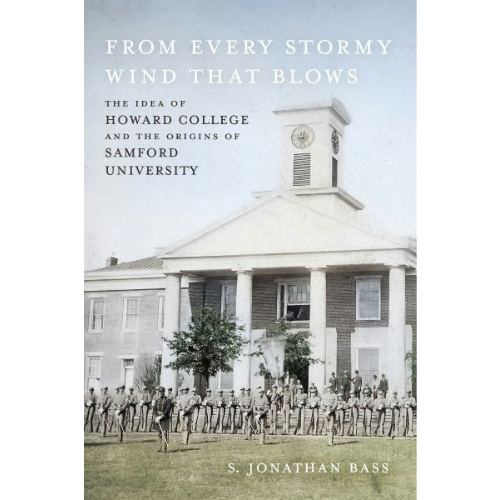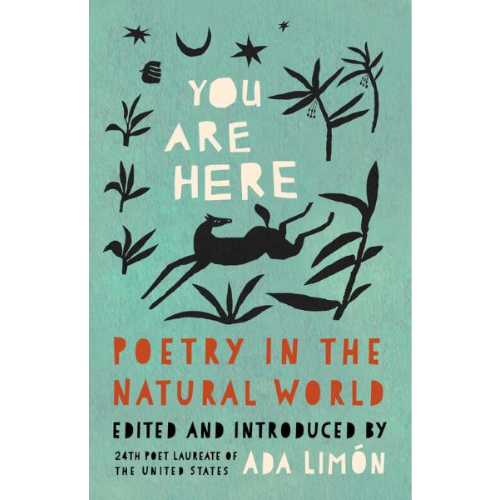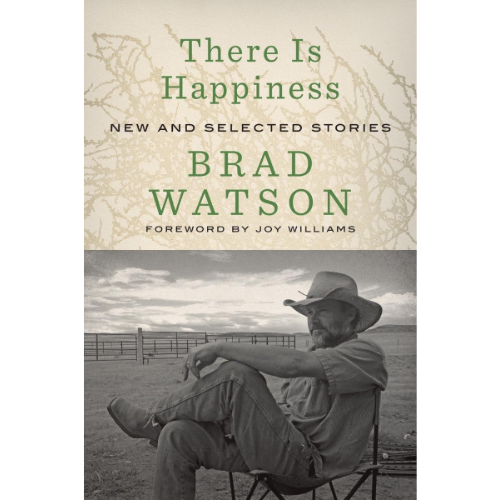By Amos Jasper Wright IV
University of West Alabama, 2023
Paper, $22.95
Fiction
Reviewed by Bill Plott

Although a novel, this is also an extraordinary work of history. Using Cancer Alley as a setting, Wright has penned a book that is essentially about racism – the systemic and pervasive racism of not just the South but also the nation. Perhaps no white historian has told it with quite the passion that Wright brings to the table.
Cancer Alley is the regional nickname for an 85-mile-long stretch of land from Baton Rouge to New Orleans in Louisiana. More than 200 petrochemical plants and refineries are located in that area where the incidence of cancer has been found to be infinitely higher than other areas. Much of Cancer Alley is populated by low-income families, 48 percent Black in St. James Parish, for example.
This is a blistering indictment of the petrochemical industry with ExxonMobil being the chief culprit. It is an equally blistering indictment of American racism, downtrodden Black and brown communities being a common result of the kind of industrialization that country clubs would not have in their backyards.
An unnamed narrator, mostly working through conversations with his Black friend Toussaint, lays out the poisonous spinoff from the jobs and paychecks that keep families afloat in this section of the Mississippi River delta.
It appears that a large section of the delta is a Dead Zone, the aftermath of a Christmas Eve explosion that killed Toussaint’s father, among others. The narrator revisits the area where the community of Standard Heights stood in North Baton Rouge. Nearby is Spanish Town. Everything builds toward the Christmas Eve explosion, an ongoing theme, but when it arrives it is somewhat anticlimactic. By then, we have shared in numerous other petrochemical and racism evils. Indeed, we have been exposed to them by Wright’s often lengthy, always methodical and detailed essays.
For example: slave uprisings. We are given a detailed review of Charles Deslondes and the German Coast Uprising in Louisiana. Its failed effort results in brutal killing of Deslondes and the rebellious slaves, many of whom are beheaded and piked as a warning. Indeed, Toussaint himself carries a name from the Haitian Slave Revolt of 1791-1804.
Confederate monuments come in for a well-deserved thrashing at Wright’s hands. And when it comes to Robert E. Lee’s surrender at Appomattox, we are told, “Everyone thought the war was finished…it wasn’t. Appomattox was just the beginning of the war’s next phase.”
Then there is Osage Street in Philadelphia where in 1985 police bombed a black neighborhood occupied by MOVE. There are female serial killers such as Elizabeth Báthory, Darya Saltykova, and Delphine LaLaurie, suspected of torturing and murdering serfs or slaves as geography dictated. And the Negro Motorist Green Book, a necessary guide to safe lodging and restaurants for African-Americans travelling in Jim Crow America. And Clotilda, the last slave ship, documented by Harlem Renaissance writer Zora Neal Hurston in Barracoon. And even more.
Each of these essays reflects a part of the things, people, incidents that are driving Toussaint’s search for justice that he may never find.
Sometimes the racism is more subtle. At an art museum in New Orleans, a guard asks Toussaint to stand back from a close examination of a painting but does not offer the same admonition to the white narrator.
This is a rare illustrated novel. The narrative is accompanied by dozens of uncaptioned but relevant photographs and documents. In a useful afterward Wright gives us the identification and source of the various images, many with pertinent notes.
Wright’s scholarship is at times breathtaking. His study of history, biology and sociology are evident throughout. His prose style was declared early on in his career when his short story collections, Nobody Knows How It Got This Good, won the 2017 Tartt First Fiction Award from Livingston Press.
This is a story that needs telling, but it may not find the traction it deserves because of the author’s Faulknerian prose style. This reviewer hopes that readers will stay with it long enough to see its extraordinary merit. For anyone concerned about the horrors of Cancer Alley, brownfields, rampant pollution, and systemic, inherent racism, it is a must read.
Bill Plott is a retired journalist and author of several books including The Negro Southern League, A Baseball History, 1920-1951 (McFarland, 2015), and Black Baseball’s Last Team Standing, The Birmingham Black Barons, 1919-1962 (McFarland, 2019).





